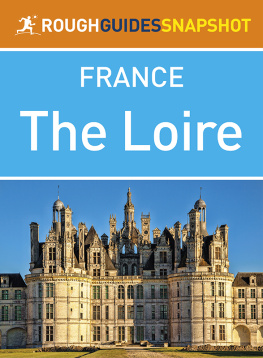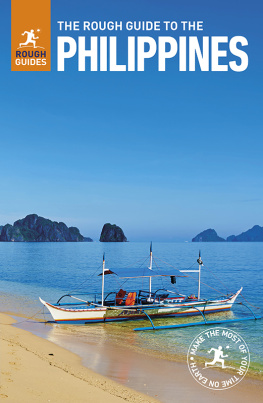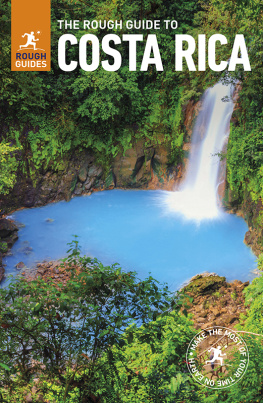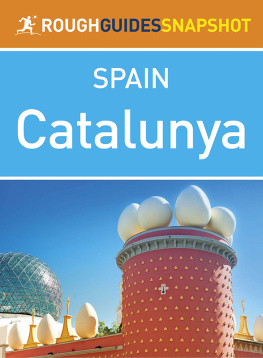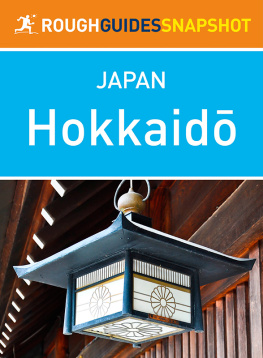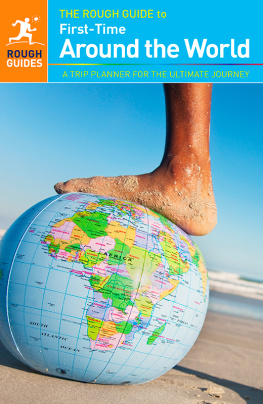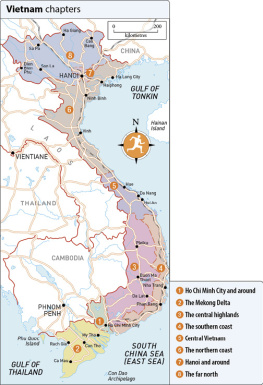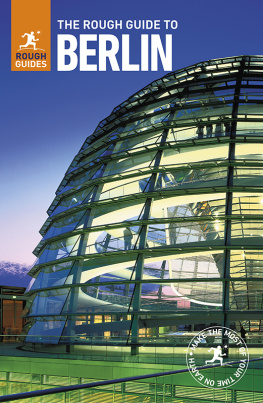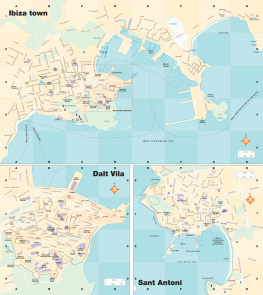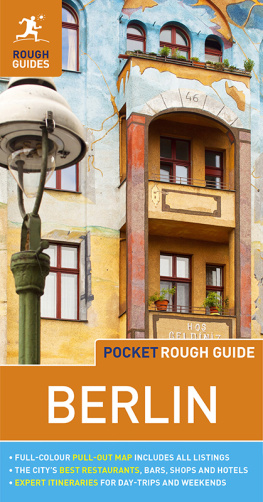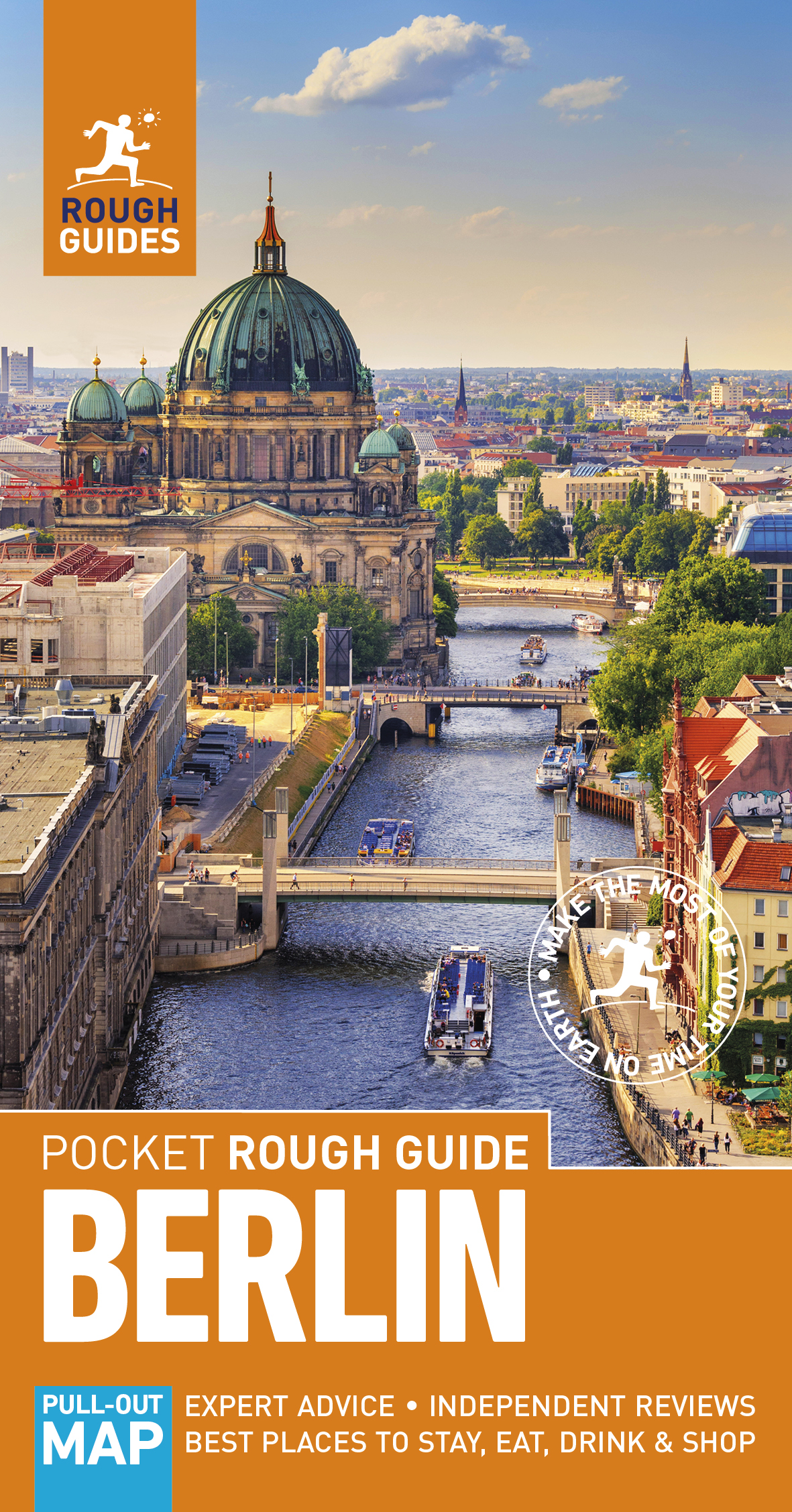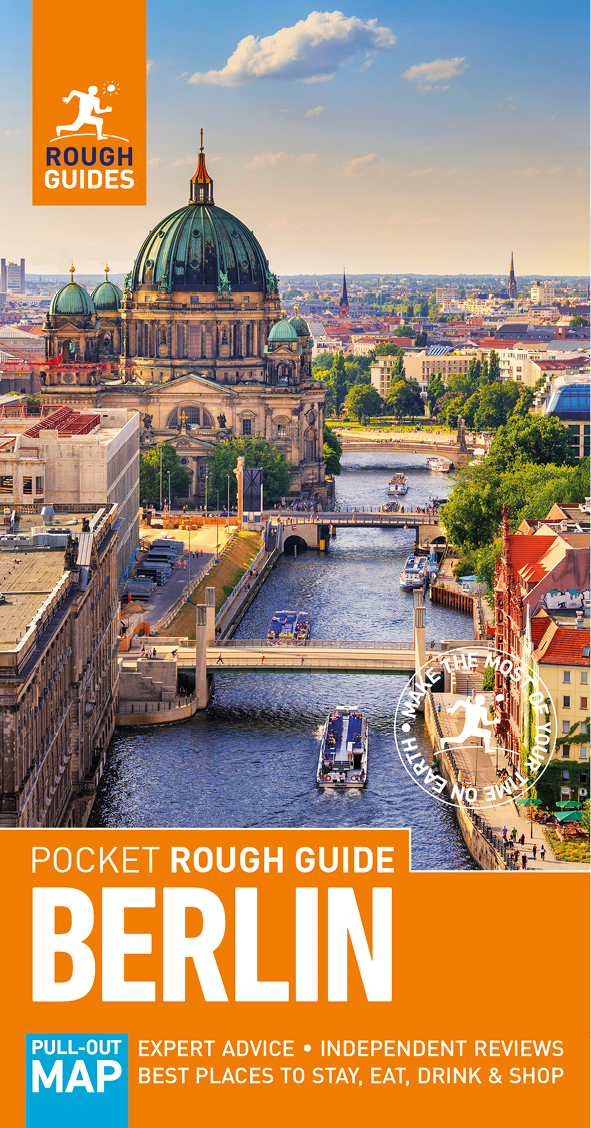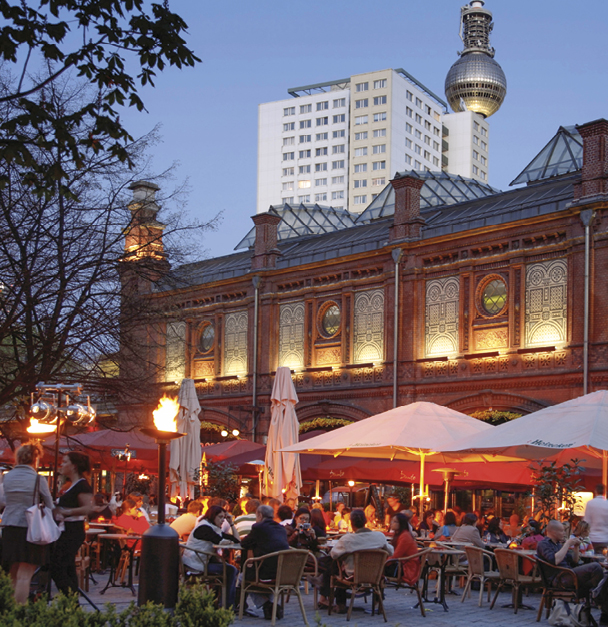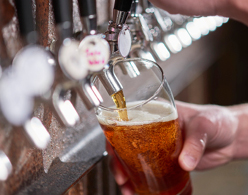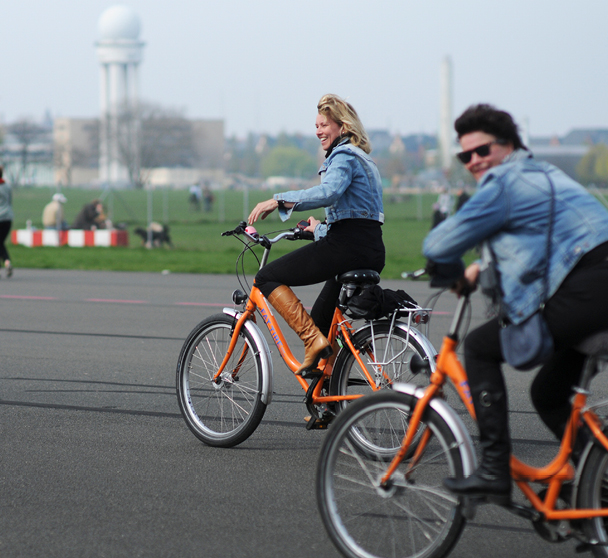From the covers all the practical information youll need, from public transport to opening hours and festivals. A handy chronology and useful language list round off the guide.
Depending on your hardware, you can double-tap on the maps to see larger-scale versions, or select different scales. The screen-lock function on your device is recommended when viewing enlarged maps. Make sure you have the latest software updates, too.
Of all todays European capitals, Berlin carries the biggest buzz. In the two and a half decades since it was reunified, the city has developed into a heady meld of grit and glamour thats vastly different from anywhere else in Germany or the rest of the world for that matter. Its edgy cultural and fashion scenes, unsurpassed nightlife and radical anti-gentrification agenda regularly make global headlines, as does its reputation as poor but sexy a term coined by former mayor Klaus Wowereit and quickly adopted as the citys unofficial motto.
When to visit
Berlin is a great city to visit at any time of year with plenty to do and see but like most places, it really comes alive in the warmer months. If youre not a fan of cold weather, be warned that the winter months can be brutally chilly thanks to winds blowing in from the east. In general though, the city enjoys a cool and humid climate with an average summer temperature of around 25C as well as the occasional heatwave. Spring and autumn are often lovely seasons.
The crackle of youthful energy that characterizes much of the inner city especially areas such as trendy Mitte (Spandauer Vorstadt and around), student-heavy Friedrichshain and artist and expat haven Neuklln mingles incongruously with the scars of Berlins less glamorous past. Holocaust memorials, concentration camps and a wealth of thought-provoking museums, such as Daniel Libeskinds celebrated Jewish Museum, join bullet holes and empty spaces to provide visitors with constant reminders of the horrors of National Socialism and World War II. The fragments of the Berlin Wall, scattered around the city like broken concrete teeth, testify to its painful division sometimes still reflected in the mindsets of the citys formerly divided neighbourhoods, many of which have retained their pre-reunification identities.
So overwhelming is Berlins twentieth-century history and its twenty-first century grab for the future, that its easy to forget that the city has a longer and more illustrious history. Originally two cities Clln, an island in the middle of the city, now the site of the Museum Island, and Alt Berlin, formerly a fishing village Berlin was formed in 1237. Located at the intersection of significant trade routes, it quickly prospered, rising to power as the seat of the Hohenzollern dynasty following the Thirty Years War. During the eighteenth century, Frederick the Great (171286) established Berlin and neighbouring Potsdam, with its magnificent summer palace Sanssouci as a grand capital for the Prussian monarchy; it was during this time that many of the buildings on Unter den Linden were constructed. When Germany was united in 1871, Berlin became its capital.
Following the defeat of World War I, during the Weimar Republic (191933) the city rivalled Paris as a centre for the cultural avant-garde, the legacy and spirit of which live on in contemporary Berlin. World War II reduced seventy percent of the city to ruins, and it was partitioned into American, British and French zones in the West and a Soviet zone in the East. The three Western-occupied zones eventually merged into West Berlin, while the Soviet zone in the East remained defiantly separate the citys division was fully realized with the building of the Berlin Wall in August 1961 by the East German government.
The fall of the Wall in 1989 provided a rare opportunity for a late twentieth-century rebirth. Berlin still carries an unfinished air and change remains an exciting constant in the city, though its not without its growing pains, with gentrification a red-hot topic: Prenzlauer Berg and Mitte have been yuppified beyond recognition, while in Friedrichshain, Kreuzberg and Neuklln cars are torched, windows smashed in and hip cafs spray-painted with graffiti in an effort to resist.
Political forces and ideals continue to battle it out in Berlin, rendering the city a vibrant and vertiginous place to be: an irresistible combination of entrepreneurial possibility and creative energy rubbing shoulders with a fully developed tourist destination overflowing with museums, sights and events. Whats not to like?
What's new
Berlin has taken up the craft beer 'n' burgers craze with real zest. For artisan brews, check out Kaschk particularly strong on Nordic ales and Vagabund Brauerei, which was in the vanguard of Europe's crowd-sourced breweries. When the time comes to soak it all up, we heartily recommend The Bird, which offers a greasy slice of US-style goodness, or Marienburgerie, a little venue with a lot of big burgers.
Cyclists at Tempelhofer Park
Where to...
Shop
Despite Karl Lagerfelds public dismissal of it back in 2010, Berlins fashion scene has been going from strength to strength in the past decade or so, with a string of local designers constantly upping the ante. The city is awash with small boutiques, with clusters around Neue Schnhauser Strasse and Mnzstrasse in Spandauer Vorstadt (Mitte) and between Kantstrasse and Kudamm in Charlottenburg, while Kreuzberg and Friedrichshain have a surfeit of street fashion stores. More commercial shopping can be found around Hackescher Markt
and along Kudamm.
OUR FAVOURITES: .
Eat
The dining scene in Berlin has come on leaps and bounds since the Wall fell. Cheap eats are abundant all over the city, with snack stalls Imbisse hawking everything from burgers and Currywurst to Asian food. At the other end, you can dine in style at a decent selection of high-end, Michelin-starred spots particularly in upscale areas such as Unter den Linden, Potsdamer Platz and Charlottenburg. The area in between mid-priced restaurants make up the majority of eating options, again all over the city, and vary from authentic and traditional German restaurants to stylish dens of cool. A particular Berlin favourite is the weekend brunch buffet, served in cafs across the city Prenzlauer Berg is a good bet for these.


